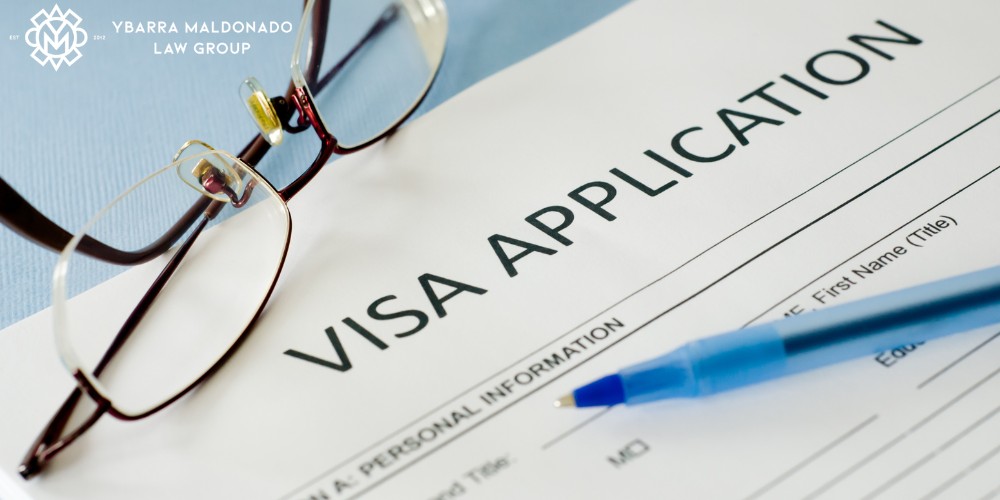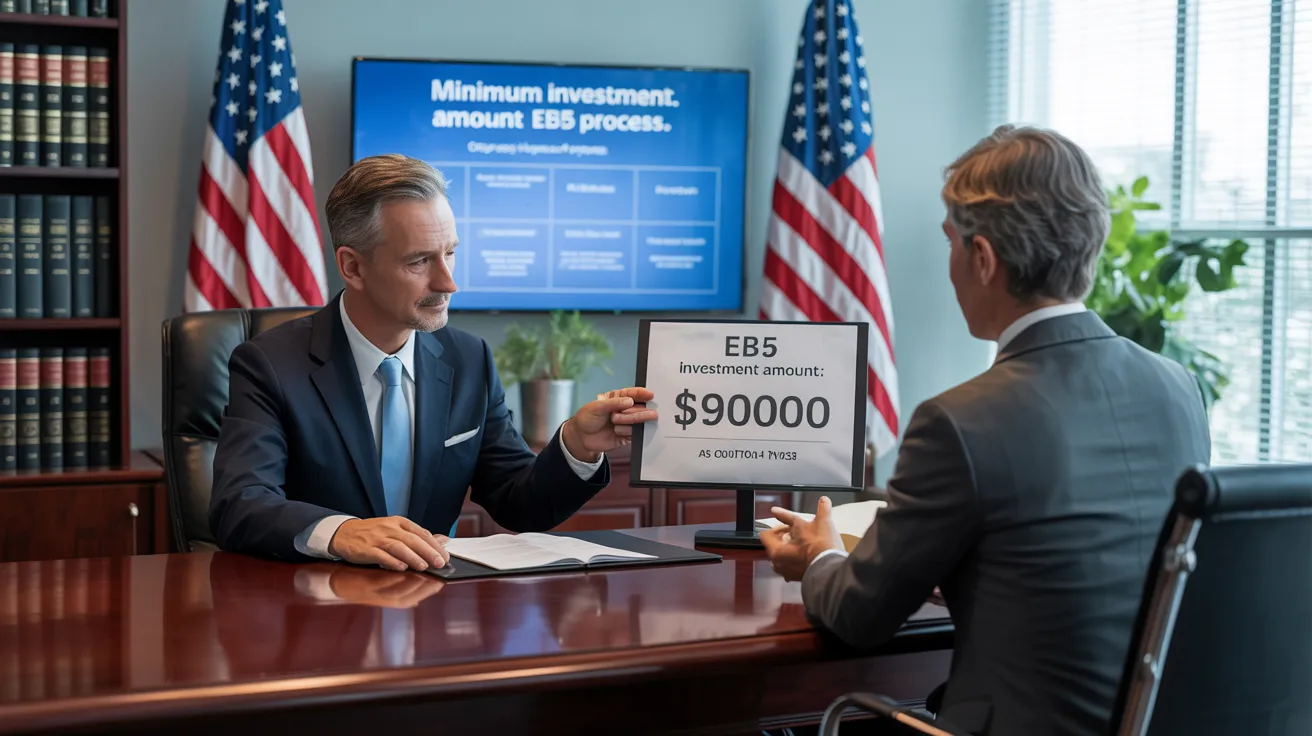L1 Visa Explained
L1 Visa Fundamentals Explained
Table of ContentsL1 Visa Fundamentals ExplainedL1 Visa Fundamentals ExplainedSome Ideas on L1 Visa You Should KnowThe Only Guide to L1 VisaThe Single Strategy To Use For L1 VisaThe Single Strategy To Use For L1 Visa
Readily Available from ProQuest Dissertations & Theses Global; Social Science Premium Collection. (2074816399). (PDF). Congress. (PDF). DHS Office of the Inspector General. (PDF). (PDF). "Nonimmigrant Visa Stats". Retrieved 2023-03-26. Division of Homeland Safety And Security Office of the Examiner General, "Review of Vulnerabilities and Prospective Misuses of the L-1 Visa Program," "A Mainframe-Size Visa Technicality".
U.S. Division of State. Obtained 2023-02-08. Tamen, Joan Fleischer (August 10, 2013).
The Basic Principles Of L1 Visa
In order to be eligible for the L-1 visa, the foreign company abroad where the Recipient was employed and the U.S. firm need to have a qualifying connection at the time of the transfer. The various kinds of certifying connections are: 1.
Business A possesses 100% of the shares of Business B.Company A is the Parent and Firm B is a subsidiary. There is a qualifying connection between the two firms and Firm B must be able to fund the Beneficiary.
Instance 2: Company A is incorporated in the united state and wants to petition the Beneficiary. Firm B is included in Indonesia and utilizes the Recipient. Business An owns 40% of Firm B. The remaining 60% is possessed and managed by Company C, which has no relationship to Business A.Since Firm A and B do not have a parent-subsidiary connection, Firm A can not sponsor the Recipient for L-1.
Instance 3: Company A is included in the U.S. and intends to request the Recipient. Firm B is integrated in Indonesia and uses the Recipient. Firm An owns 40% of Company B. The staying 60% is owned by Firm C, which has no connection to Company A. Nonetheless, Company A, by formal agreement, controls and full takes care of Business B.Since Firm An owns less than 50% of Business B yet handles and manages the firm, there is a qualifying parent-subsidiary connection and Company A can sponsor the Recipient for L-1.
The 7-Second Trick For L1 Visa
Firm B is incorporated in the United state
L1 Visa Fundamentals Explained

The L-1 visa is an employment-based visa category established by Congress in 1970, permitting international business to move their supervisors, execs, or essential employees to their U.S. procedures. It is frequently referred to as the intracompany transferee visa.

In addition, the beneficiary has to have worked in a supervisory, exec, or specialized worker placement for one year within the three years coming before the L-1A application in the foreign firm. For new office applications, international employment has to have been in a supervisory or executive capacity if the recipient is pertaining to the United States to function as a manager or executive.
Unknown Facts About L1 Visa

If given for an U.S. company operational for even more than one year, the preliminary L-1B visa is for approximately 3 years and can be expanded for an extra 2 years (L1 Visa). Alternatively, if the U.S. business is recently developed or has actually been operational for less than one year, the first L-1B visa is provided for one year, with extensions available in two-year increments
The L-1 visa is an employment-based visa classification established by Congress in 1970, allowing international business find out more to transfer their supervisors, execs, or crucial workers to their U.S. operations. It is typically described as the intracompany transferee visa. There are 2 primary sorts of L-1 visas: L-1A and L-1B. These kinds appropriate for staff members employed in different placements within a business.
How L1 Visa can Save You Time, Stress, and Money.
Additionally, the beneficiary must have worked in a supervisory, exec, or specialized employee setting for one year within the 3 years preceding the L-1A application in the international company. For new workplace applications, international work has to have remained in a supervisory or executive capacity if the beneficiary is coming to the United States to work as a supervisor or executive.
for as much as 7 years to supervise the procedures of the U.S. affiliate as an executive or supervisor. If released for a united state firm that has been operational for more than one year, the L-1A visa is originally approved for approximately 3 years and can read more be expanded in two-year increments.
If granted for an U.S. company functional for greater than one year, the preliminary L-1B visa is for up to three years and can be extended for an additional two years. On the other hand, if the united state firm is freshly developed or has actually been functional for less than one year, the preliminary L-1B visa is released for one year, with expansions offered in two-year increments.